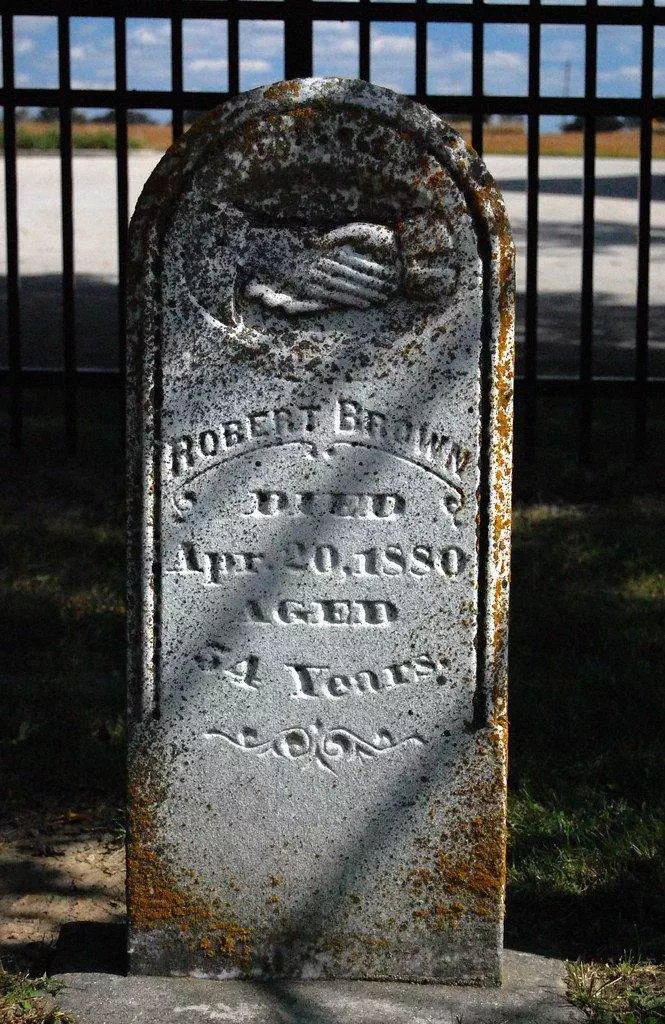Robert Browning’s “Andrea del Sarto” is a poetic tour de force that delves into the complex psyche of a Renaissance painter grappling with his art, love, and legacy. This dramatic monologue, first published in 1855, offers a fascinating glimpse into the mind of the historical Andrea del Sarto, known as “the faultless painter.” Let’s dive deep into this rich tapestry of verse, exploring its themes, structure, and enduring relevance.
Table of Contents
The Historical Context: Andrea del Sarto and the Renaissance
Before we dissect the poem, it’s crucial to understand its historical backdrop. Andrea del Sarto (1486-1530) was a real Italian painter of the High Renaissance, renowned for his technical perfection but often overshadowed by his more innovative contemporaries.
- Born in Florence, Italy
- Nicknamed “Andrea senza errori” (Andrea without errors)
- Contemporaries included Michelangelo and Raphael
Del Sarto’s life was marked by his tumultuous relationship with his wife, Lucrezia del Fede, who serves as both muse and antagonist in Browning’s poem. This historical context adds layers of depth to Browning’s portrayal.
Structure and Form: The Dramatic Monologue
Browning’s choice of the dramatic monologue form is particularly apt for exploring del Sarto’s inner turmoil. This poetic device allows us to:
- Hear directly from the protagonist
- Infer the unspoken responses of his silent listener (Lucrezia)
- Understand the complex interplay between the speaker’s words and his true feelings
The poem consists of 267 lines, primarily in iambic pentameter, with occasional variations that reflect del Sarto’s changing emotional state.

Key Themes in “Andrea del Sarto”
The Tension Between Technical Skill and Artistic Soul
A central theme of the poem is the conflict between technical perfection and true artistic greatness. Del Sarto laments:
“I can do with my pencil what I know,
What I see, what at bottom of my heart
I wish for, if I ever wish so deep—”
This reflects the historical del Sarto’s reputation for flawless technique but perceived lack of innovation or depth.
The Impact of Love on Art
Del Sarto’s relationship with Lucrezia is complex and fraught. He sees her as both his inspiration and his downfall:
“Love, we are in God’s hand.
How strange now, looks the life he makes us lead;
So free we seem, so fettered fast we are!”
This conflicted view of love’s impact on art adds a poignant dimension to the poem.
The Artist’s Struggle with Legacy
Throughout the monologue, del Sarto grapples with his place in artistic history. He compares himself to contemporaries like Raphael and Michelangelo, revealing deep-seated insecurities:
“Ah, but a man’s reach should exceed his grasp,
Or what’s a heaven for? All is silver-grey
Placid and perfect with my art: the worse!”
This reflection on legacy and the nature of artistic greatness resonates even with modern readers.
Literary Devices and Techniques
Browning employs a range of poetic devices to bring del Sarto’s voice to life:
- Enjambment: The flow of thoughts across line breaks mimics natural speech
- Alliteration: “Placid and perfect” emphasizes del Sarto’s technical skill
- Imagery: Vivid descriptions of paintings and the Fiesole setting
- Allusions: References to other artists and biblical figures enrich the context
The Poem’s Relevance Today
“Andrea del Sarto” continues to captivate readers and scholars for several reasons:
- Its exploration of the creative process remains relevant to artists of all mediums
- The tension between commercial success and artistic integrity resonates in our modern world
- Its nuanced portrayal of a complex relationship speaks to universal experiences of love and compromise
Conclusion: A Timeless Exploration of Art and the Human Condition
Browning’s “Andrea del Sarto” stands as a masterpiece of psychological insight and poetic craft. Through the voice of the “faultless painter,” we confront timeless questions about the nature of art, love, and human ambition. The poem’s enduring power lies in its ability to make us reflect on our own struggles with perfection, compromise, and the pursuit of greatness.
Read these too:
- Robert Browning’s Poetry Collection
- The Dramatic Monologue in Victorian Poetry
- Renaissance Art and Literature
External Source


